
NASA has come under heat for the increasing cost of its Space Launch System (SLS) rocket, which space agency officials have finally admitted to being unsustainable and unaffordable, a new report revealed.

NASA has come under heat for the increasing cost of its Space Launch System (SLS) rocket, which space agency officials have finally admitted to being unsustainable and unaffordable, a new report revealed.
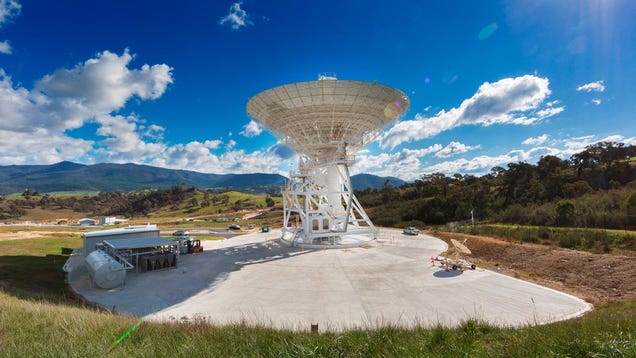
In order to contact its interplanetary spacecraft, NASA relies on an array of giant radio antennas spread across different parts of the world. The trusty communications network has been transferring data back and forth for more than 60 years but its antennas are currently operating at capacity, with an anticipated…

The Webb Space Telescope recently imaged the Ring Nebula with its two primary imagers, revealing the gaseous formation in never-before-seen detail.
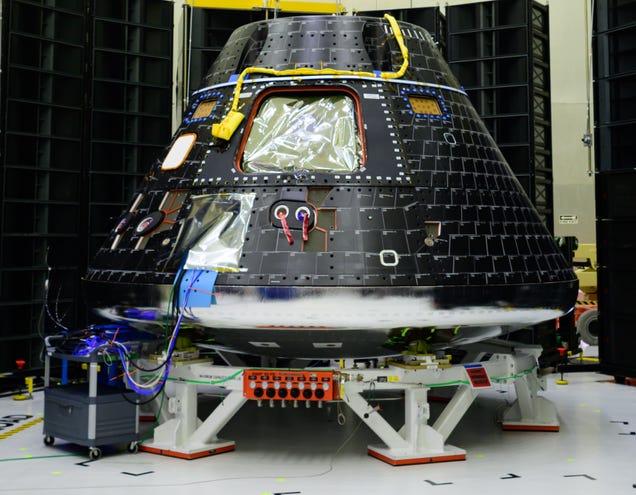
NASA is working to resolve a lingering issue with the Orion capsule’s heat shield, which is designed to protect the astronauts on board the spacecraft during its return to Earth as part of the Artemis 2 mission.
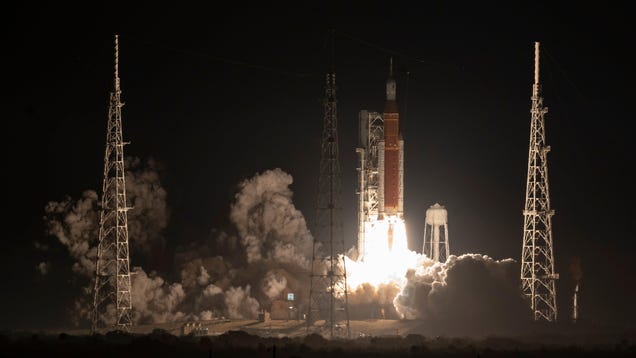
The majority of the American public seems largely concerned with the threat of incoming asteroids, believing that NASA should prioritize the monitoring of rocky objects that could hit Earth over going to the Moon or Mars, according to a new survey.

NASA is likely to face some serious money issues in the upcoming year that could affect the space agency’s science program, but not its Artemis Moon plans. At the same time, NASA’s wildly expensive Mars Sample Return mission is now under some very serious Senatorial scrutiny, with its future potentially in doubt.
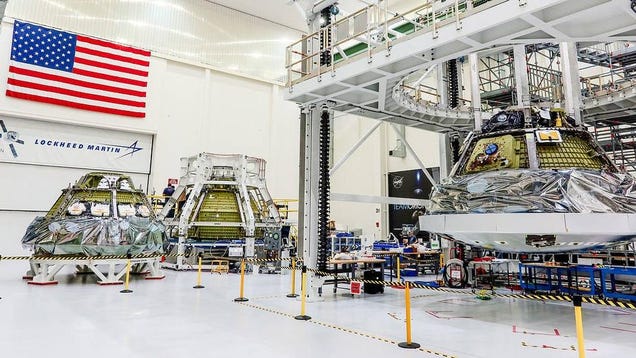
The crew modules for NASA’s Artemis 2, 3 and 4 missions are currently stationed next to one another at NASA’s Kennedy Space Center in Florida, with the three spacecraft undergoing different stages of production for their upcoming launch dates.
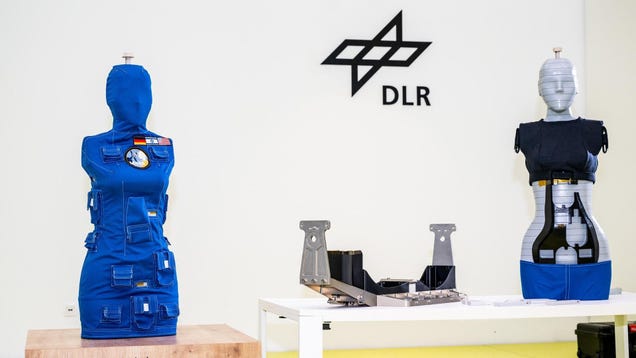
NASA’s Artemis 1 mission may not have had real astronauts on board the Orion capsule, but there was an inanimate crew that went on the lunar trip.
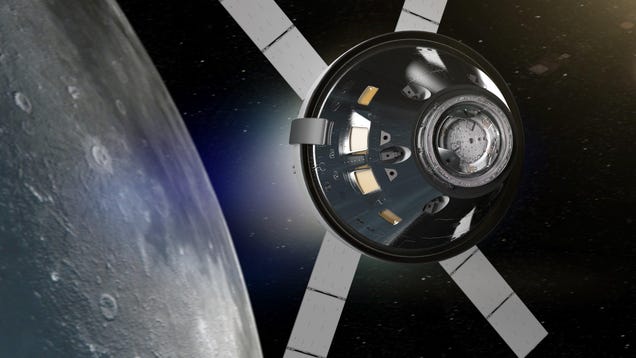
We are soon going to learn the identities of the four astronauts who will strap into the Orion spacecraft and travel farther into space than any crew before.
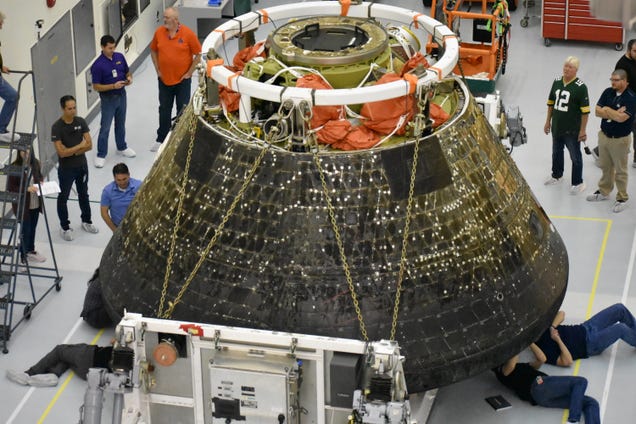
Orion set several records during the Artemis 1 mission to the Moon, in addition to surviving 5,000-degree Fahrenheit temperatures during atmospheric reentry. The spacecraft’s innovative heat shield made this possible, but NASA’s follow-up analysis of the protective layer has revealed levels of wear and tear that…